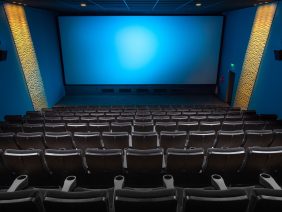Animation has been captivating audiences for over a century, bringing to life the wildest fantasies and creating unforgettable characters. The journey of animation has been a remarkable one, evolving from hand-drawn sketches to the cutting-edge animation machines we see today. This article explores the fascinating evolution of animation machines and their role in unleashing the magic of animation.
The early days of animation were a laborious process. Pioneers like Winsor McCay and Émile Cohl hand-drew each frame to create short animated sequences. This traditional method gave birth to iconic characters like Gertie the Dinosaur (1914) and Fantasmagorie (1908), setting the foundation for animation’s future.
The industry underwent a paradigm shift with the introduction of the multiplane camera by Walt Disney in the 1930s. This innovation allowed animators to create depth by moving various layers independently, adding realism to their creations. The first feature-length animated film, “Snow White and the Seven Dwarfs” (1937), was a testament to the potential of animation machines to revolutionize storytelling.
As technology advanced, so did animation. In the 1950s, the cel animation process became the industry standard. Animators drew characters on transparent sheets (cels) and combined them with static backgrounds. This technique allowed for smoother movements and more complex scenes, and classics like “Cinderella” (1950) and “The Jungle Book” (1967) showcased the newfound possibilities.
The 1970s saw the rise of computer animation, opening up exciting avenues for the medium. In 1973, “Westworld” featured the first computer-generated imagery (CGI) in a feature film, marking a significant milestone. Pixar’s “Toy Story” (1995) took CGI to new heights, becoming the first fully computer-animated feature film and forever changing the animation landscape.
The advent of 3D animation and the rise of powerful computer systems revolutionized the industry once again. Animators could now create lifelike characters and realistic environments. Films like “Finding Nemo” (2003) and “Frozen” (2013) became box office hits, demonstrating the power of 3D animation to captivate audiences of all ages.



